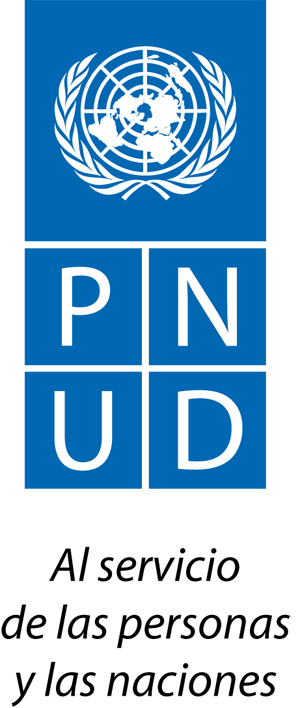
Goal 11: Sustainable cities and communities
Make cities inclusive, safe, resilient and sustainable
More than half of the world’s population now live in urban areas. By 2050, that figure will have risen to 6.5 billion people – two-thirds of humanity. Sustainable development cannot be achieved without significantly transforming the way we build and manage our urban spaces.
The rapid growth of cities in the developing world, coupled with increasing rural to urban migration, has led to a boom in mega-cities. In 1990, there were ten mega-cities with 10 million inhabitants or more. In 2014, there are 28 mega-cities, home to a total 453 million people.
Extreme poverty is often concentrated in urban spaces, and national and city governments struggle to accommodate the rising population in these areas. Making cities safe and sustainable means ensuring access to safe and affordable housing, and upgrading slum settlements. It also involves investment in public transport, creating green public spaces, and improving urban planning and management in a way that is both participatory and inclusive.
Sustainable city life is one of 17 Global Goals that make up the 2030 Agenda for Sustainable Development. An integrated approach is crucial for progress across the multiple goals.
Learn more about the targets for Goal 11.
- By 2030, ensure access for all to adequate, safe and affordable housing and basic services and upgrade slums
- By 2030, provide access to safe, affordable, accessible and sustainable transport systems for all, improving road safety, notably by expanding public transport, with special attention to the needs of those in vulnerable situations, women, children, persons with disabilities and older persons
- By 2030, enhance inclusive and sustainable urbanization and capacity for participatory, integrated and sustainable human settlement planning and management in all countries
- Strengthen efforts to protect and safeguard the world’s cultural and natural heritage
- By 2030, significantly reduce the number of deaths and the number of people affected and substantially decrease the direct economic losses relative to global gross domestic product caused by disasters, including water-related disasters, with a focus on protecting the poor and people in vulnerable situations
- By 2030, reduce the adverse per capita environmental impact of cities, including by paying special attention to air quality and municipal and other waste management
- By 2030, provide universal access to safe, inclusive and accessible, green and public spaces, in particular for women and children, older persons and persons with disabilities
- Support positive economic, social and environmental links between urban, peri-urban and rural areas by strengthening national and regional development planning
- By 2020, substantially increase the number of cities and human settlements adopting and implementing integrated policies and plans towards inclusion, resource efficiency, mitigation and adaptation to climate change, resilience to disasters, and develop and implement, in line with the Sendai Framework for Disaster Risk Reduction 2015-2030, holistic disaster risk management at all levels
- Support least developed countries, including through financial and technical assistance, in building sustainable and resilient buildings utilizing local materials
The SDG Fund response
The UN Development System, through joint collaboration, can contribute to:
- promote sustainable urban local and national policies,
- support better spatial planning and design, to “optimize density, connectivity and diversity”
- advocate for a more equitable financing of urban initiatives.
For example,
- In April 2016 at the UN headquarters in New York, the SDG Fund hosted the Pritzker Architecture Prizeand brought together renowned architects such as Alejandro Aravena, Glenn Murcutt, Renzo Piano, Richard Rogers, Wang Shu, Thom Mayne, Richard Meier, and Christian de Portzamparc to explore links between contemporary society and the role of architecture to improve livelihoods. The SDG Fund is working to engage leading world architects in social housing.
- In Mozambique, the SDG Fund is providing training opportunities on green construction using traditional techniques and materials. The objective is to create residences that are less expensive while also preserving the environment.
- In Honduras, the SDG-F supports the protection of the cultural and natural heritage in the Ruta Lenca. The programme aims at sustaining culture and heritage for the Lenca people by generating income opportunities through the revitalization of the Lenca culture and the development of micro-businesses in the area, led by youth and women, geared towards sustainable tourism.

